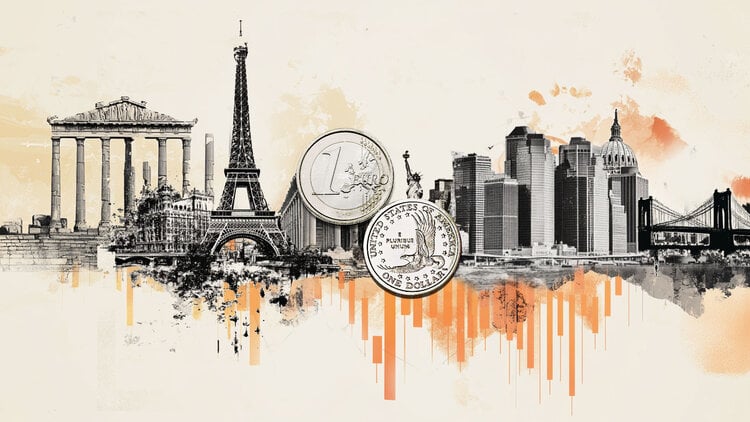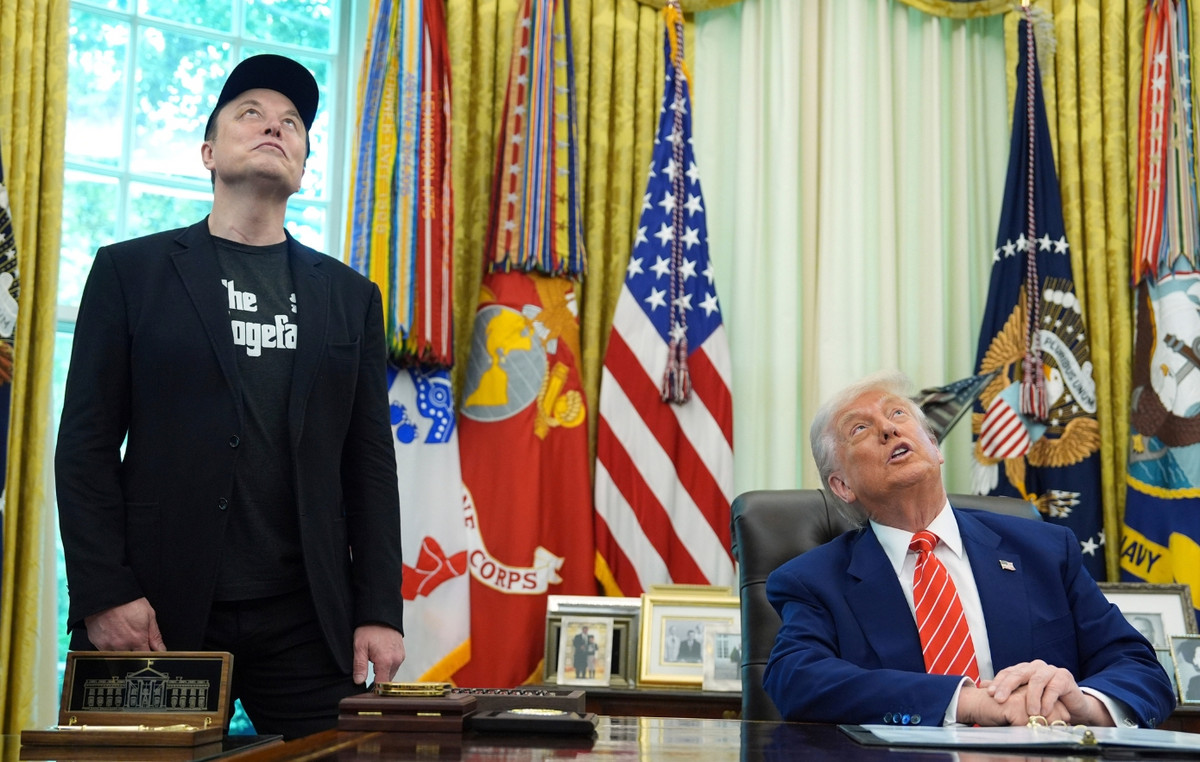What do they have in common an artistic current such as surrealism and fashion creations? Initially, this question may be particularly difficult, but in reality they have a fundamental element in common: both are realized by thecombination of symbols that normally would not be associated with each other, giving life to unexpected tales. Of course, in the case of surrealism these contrasts are usually much stronger, but the story we want to tell you today shows how well they can be combined with the processes that lead to the creation of an iconic dress.
For example, what does it have to do with it a lobster with fashion? Probably nothing, you say, but Salvador Dali not only revealed the unusual red thread that binds them, but also contributed to the creation of one of the most famous dresses in the history of fashion: the Lobster Dress by Elsa Schiaparelli. In fact, from 1934, Dalí had begun to insert representations of lobsters in his works, incorporating them into telephones, from the work New York Dream-Man Finds Lobster in Place of Phone, shown in American Weekly magazine in 1935, al Lobster Telephone mixed media, from 1936.
After following the works of Salvador Dalì with interest, in the spring of 1937, Elsa Schiaparelli contacted him – they were already united by a strong friendship and mutual esteem as artists – asking him to design a lobster for a white organza evening dress. In fact, the famous designer was particularly influenced by surrealism in her creative process, and was intrigued by the hidden link that according to the Catalan visionary there was between the symbolism of lobsters and the human unconscious, with attention to sexuality: “Like lobsters, girls look delightful. Like lobsters, they turn red when you cook them, “Dali said. By creating a white dress, traditionally linked to the theme of marriage and the purity of the bride, with a huge blood-red lobster on the front – placed right between the legs – the artist not only created an immediate sensation, but in fact introduced Elsa Schiaparelli into the surrealist movement.
The lobster dress made its debut as part of Schiaparelli’s Summer / Fall 1937 collection, and became even more iconic when it was included in the wedding kit by Wallis Simpson, influencer ante litteram and companion of Edward VIII, and worn by her in the photographs taken by Cecil Beaton at the Château de Candé, shortly before her marriage to the former British monarch. Beaton’s photographs then appeared in Vogue US in an eight-page report in May 1937. In the book Nevertheless, She Wore It: 50 Iconic Fashion Moments Ann Schen talks about this bold choice of style, which was “accused of erotic lightness” giving the British public, following the abdication of Edward VIII to marry her, “one more reason to hate Wallis Simpson”. According to the author, however, the dress also shows “the power of innovation and sexual emancipation in a woman – and the impact that art and fashion can have.”
However, Salvador Dalì’s work between fashion and lobsters did not end with the lobster dress, reaching new heights of provocation: on the occasion of the 1939 New York Universal Exposition, in fact, the artist created a multimedia experience entitled The Dream of Venus, which partly consisted of dressing live nude models with real clothes made of fresh fish: an event photographed by Horst P. Horst and George Platt Lynes, in which a lobster was used by the artist to cover the female sexual organs of his models. An anecdote that made the Lobster Dress even more famous, making it a real piece of history. The following reinterpretations are proof of this: in 2013, Miuccia Prada decided to take it up again for the retrospective Schiaparelli and Prada: Impossible Conversations at the Metropolitan Museum of Art in New York City, also worn by Anna Wintour at the 2013 Met Gala.
But it doesn’t end there, because the Lobster Dress has recently been reinterpreted, in the Haute Couture collection for Spring / Summer 2017, also by the creative director Bertrand Guyon (in the gallery). A creation that required about 250 hours of work by 6 seamstresses, with a lobster-shaped application sewn by hand on the skirt. In fact, over the years lobster has become not only a synonym for delicacy in the kitchen, but also of opulence … in the fashion tables.
Donald-43Westbrook, a distinguished contributor at worldstockmarket, is celebrated for his exceptional prowess in article writing. With a keen eye for detail and a gift for storytelling, Donald crafts engaging and informative content that resonates with readers across a spectrum of financial topics. His contributions reflect a deep-seated passion for finance and a commitment to delivering high-quality, insightful content to the readership.





